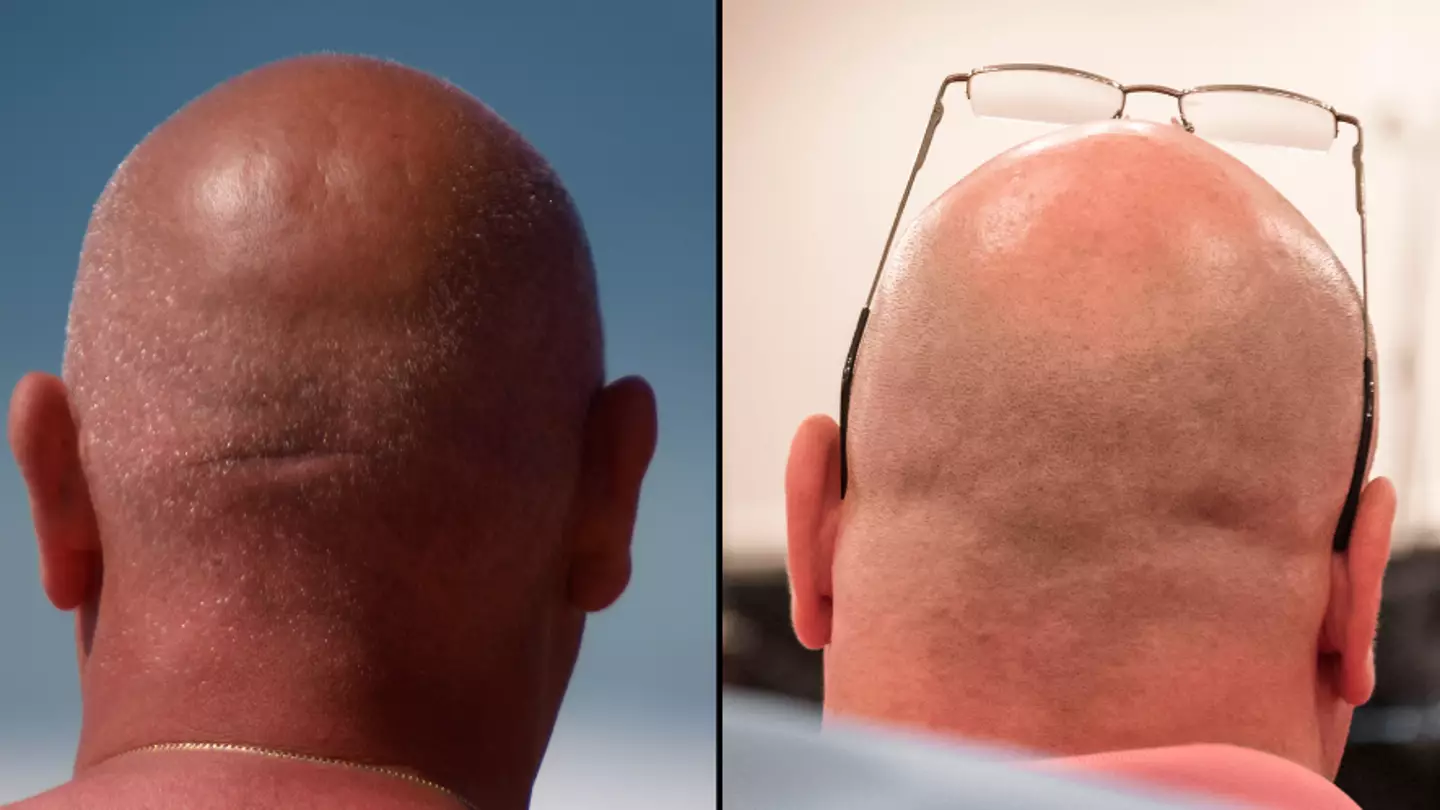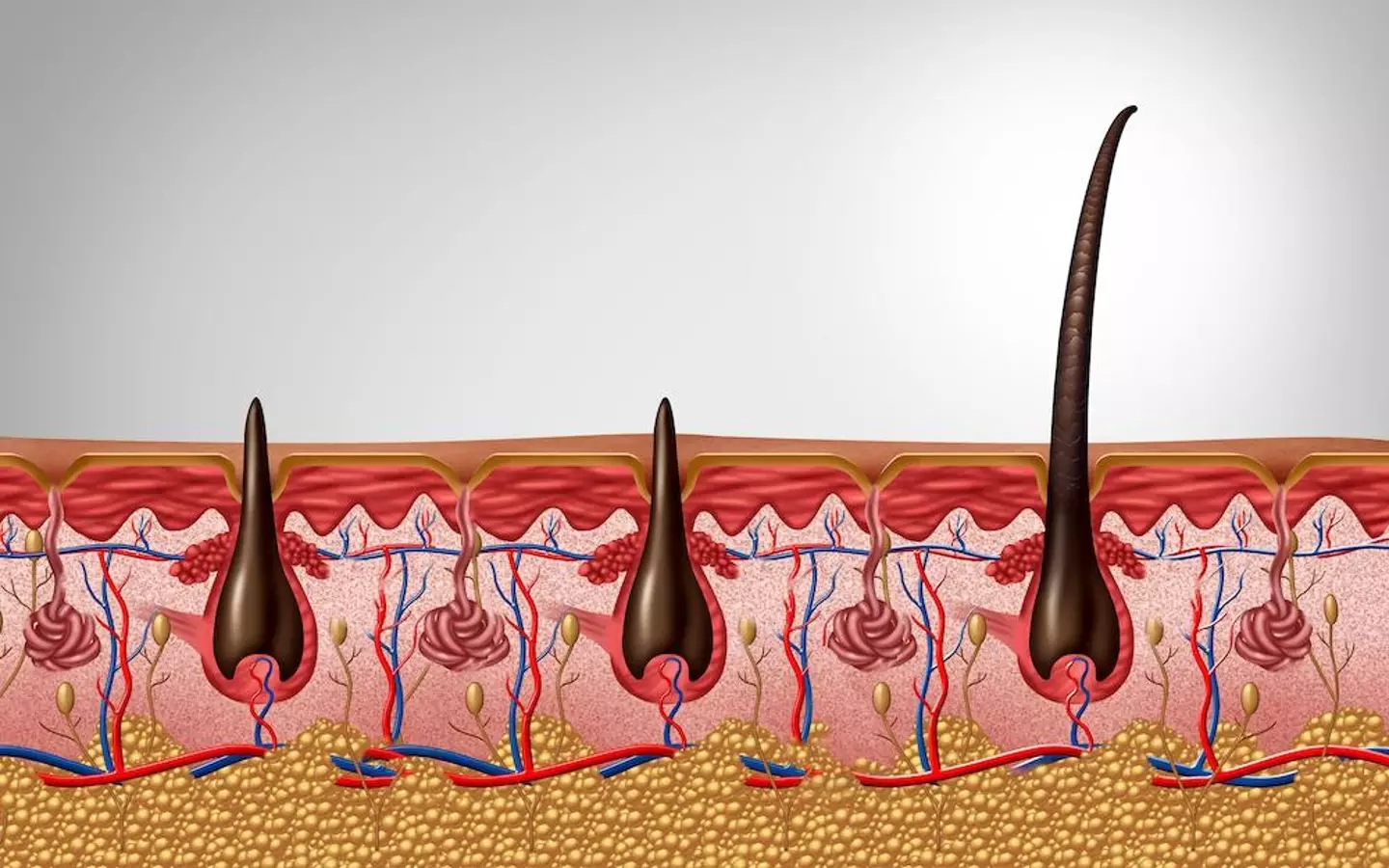
A new scientific discovery may offer up a cure for baldness, it has been revealed.
Statistics show that approximately 85 percent of men will be affected by hair loss at some point in their lives.
For women, it is estimated that around 40 percent will experience noticeable hair loss.
While some people embrace the look, many seek to rectify it as scientists continue to seek a cure.
Advert
A solution might not be too far into the future following the recent discovery by researchers at the University of California, Riverside that a single chemical is the key cause for hair follicle cells dividing and dying.

The hope is that this could be reversed in order to treat baldness and also heal wounds.
As said by UC Riverside mathematical biologist and study co-author Qixuan Wang: "In science fiction when characters heal quickly from injuries, the idea is that stem cells allowed it.
"In real life, our new research gets us closer to understanding stem cell behaviour, so that we can control it and promote wound healing."
Advert
The study, detailed in a recent Biophysical Journal article, outlines how the team decided to focus on hair follicles as they're the only organ in humans that regenerates automatically and regularly, even if they haven't been injured.
What they discovered is that a type of protein named TGF-beta controls how cells in the follicles including stem cells divide and form new ones or die off.
Wang added: "TGF-beta has two opposite roles. It helps activate some hair follicle cells to produce new life, and later, it helps orchestrate apoptosis, the process of cell death."
As is often the case with chemicals in the body, the outcome is determined by how much TGF-beta is produced.
While no one is entirely sure why follicles die, some theories suggest that it could be related to animals that shed fur in hotter weather or to camouflage.
Advert
But Wang went on to explain that even when a hair follicle destroys itself, it never kills its stem cell reservoir.
"When the surviving stem cells receive the signal to regenerate, they divide, make new cells and develop into a new follicle," she said.

Of course, there's still some way to go until baldness is cured - however, those behind the study have suggested that it may be possible to activate follicle stem cells and stimulate hair growth if more research is carried out on how TGF-beta communicates with other genes and promotes cell division.
If they can find a way to accurately control levels of the protein, it could lead to an effective treatment for the condition that affects so many people across the globe.
Advert
Wang concluded: "Potentially our work could offer something to help people suffering from a variety of problems."